Dry sinks, a staple in households before indoor plumbing became widespread, played a vital role in everyday life. The question, “What Were Dry Sinks Used For,” highlights their historical significance as practical furniture pieces designed for washing, cleaning, and storage. Typically featuring a recessed top to hold a basin and a lower cabinet for storing water pitchers and other essentials, dry sinks were indispensable in early kitchens and washrooms. They combined functionality with craftsmanship, often showcasing beautiful woodwork. Today, they hold both historical and decorative value, making them popular among antique enthusiasts and homeowners. Dive into this guide to uncover the rich history and evolving uses of these timeless pieces.
What Were Dry Sinks Used For
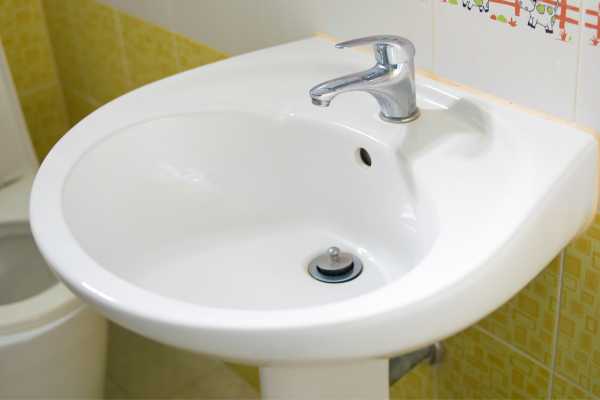
Dry sinks, a staple in households before indoor plumbing became widespread, played a vital role in everyday life. The question, “What Were Dry Sinks Used For,” highlights their historical significance as practical furniture pieces designed for washing, cleaning, and storage. Typically featuring a recessed top to hold a basin and a lower cabinet for storing water pitchers and other essentials, dry sinks were indispensable in early kitchens and washrooms. They combined functionality with craftsmanship, often showcasing beautiful woodwork. Today, they hold both historical and decorative value, making them popular among antique enthusiasts and homeowners. Dive into this guide to uncover the rich history and evolving uses of these timeless pieces.
The Evolution of Dry Sinks Through Time
Dry sinks have evolved from essential household items to cherished antiques with historical and decorative value. In the pre-plumbing era, they were designed for practicality, featuring a recessed top for a water basin and cabinets for storing cleaning supplies. Over time, as modern plumbing replaced the need for portable water systems, dry sinks lost their primary function. However, their craftsmanship and rustic charm ensured their preservation. Today, these pieces are repurposed as unique furniture in homes, blending vintage aesthetics with modern utility. From functional necessity to timeless décor, the journey of dry sinks highlights their adaptability and enduring appeal across generations.
Understanding the Design and Functionality of Dry Sinks
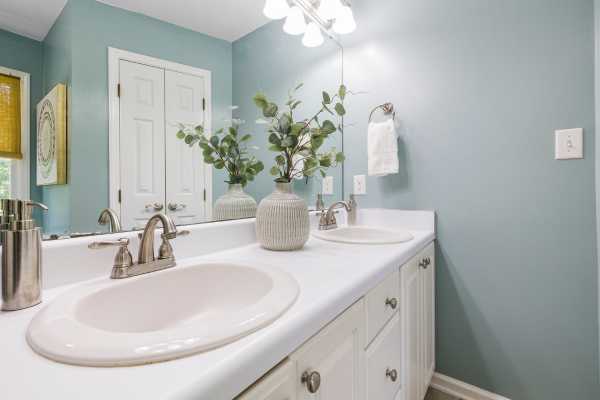
Dry sinks were ingeniously designed to serve both practical and aesthetic purposes in pre-plumbing homes. Featuring a recessed top to hold a water basin, these pieces provided a dedicated space for washing and cleaning tasks. Beneath the basin, cabinets or drawers offered convenient storage for water pitchers, towels, and other essentials, making them highly functional. Often crafted from durable woods like oak or pine, Vanity sinks showcased beautiful craftsmanship while withstanding daily use. Their compact yet efficient design made them a versatile addition to kitchens, washrooms, and living spaces. Today, they remain a symbol of practicality and style, blending historical charm with timeless functionality.
Dry Sinks in Pre-Plumbing Eras: A Necessity for Daily Life
Before indoor plumbing, dry sinks were essential fixtures in homes, providing a practical solution for daily washing and cleaning needs. These furniture pieces featured a recessed top to hold water basins and a cabinet below for storing water pitchers, soap, and other supplies. Commonly used in kitchens and washrooms, Vanity sinks made it easier to manage water-related tasks while keeping spaces organized. Their design minimized water spillage and added convenience to chores like handwashing, dish cleaning, and food preparation. Crafted from durable wood, Vanity sinks combined functionality with craftsmanship, making them indispensable for households during the pre-plumbing era. Today, they are valued for their historical and decorative appeal.
The Role of Dry Sinks in Early Kitchens
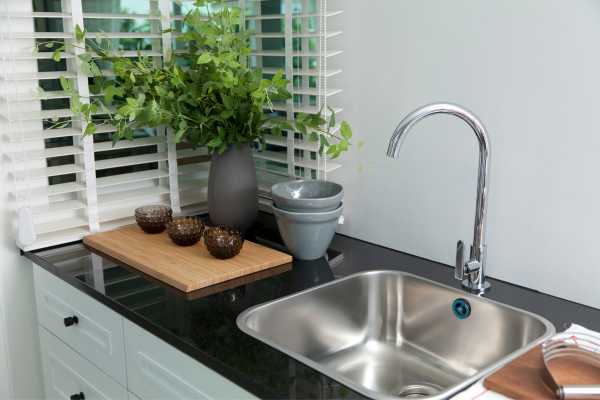
Dry sinks played an essential role in early kitchens, serving as a key piece of furniture before the advent of modern plumbing. Designed to hold basins for washing and cleaning, Vanity sinks were used to prepare food, wash dishes, and store water pitchers. The lower cabinet often provided storage for other kitchen essentials, making it both practical and functional. In homes without running water, these sinks were indispensable for daily chores, helping maintain cleanliness and organization in the kitchen. Today, antique Vanity sinks serve as a nostalgic reminder of how early households managed without the conveniences we now take for granted.
How Dry Sinks Were Used for Washing and Cleaning
In the days before indoor plumbing, dry sinks served as essential tools for washing and cleaning in households. Designed with a recessed top to hold a basin, these sinks made it easier to manage water for tasks like washing hands, dishes, or small laundry items. Water pitchers were stored in the cabinet below, ensuring a convenient supply for daily use. The sturdy wooden construction protected surrounding furniture from water damage, while the design allowed for easy cleaning and maintenance. Vanity sinks were often positioned near windows or fireplaces for better light and warmth, enhancing their functionality. Their practicality made them an indispensable part of early home life.
Storage Solutions: Dry Sinks as Multi-Purpose Furniture
Dry sinks were more than just washing stations; they also served as versatile storage solutions, making them a key piece of multi-purpose furniture. With a cabinet or drawers beneath the recessed top, these sinks provided ample space to store water pitchers, cleaning tools, and other household essentials. Their design offered both practicality and organization, especially in kitchens and washrooms without plumbing. The combination of functionality and elegant craftsmanship made them popular in households of the past. Today, antique Vanity sinks continue to be valued for their storage capacity and rustic charm, often repurposed as decorative furniture pieces in modern homes, blending historical significance with contemporary utility.
The Materials and Craftsmanship of Antique Dry Sinks
Antique Vanity sinks are cherished for their exceptional materials and craftsmanship, reflecting the ingenuity of earlier eras. These pieces were commonly crafted from durable woods like oak, pine, or walnut, chosen for their availability and resilience. Artisans often added intricate details, such as hand-carved designs or decorative moldings, showcasing the aesthetic sensibilities of the time. Many Vanity sinks featured a tin or copper lining on the recessed top, providing a waterproof surface for holding basins. The combination of sturdy construction and thoughtful design ensured these functional items could endure daily use while adding charm to the home. Today, their craftsmanship makes them prized collectibles and striking decor pieces.
Dry Sinks in Rural and Urban Settings
In both rural and urban settings, dry sinks served as essential furniture before the advent of indoor plumbing. In rural areas, they were primarily used for washing hands, cleaning utensils, and managing daily hygiene tasks, often placed in kitchens or near wells for convenience. Urban homes, on the other hand, utilized Vanity sinks as a practical solution in tight spaces, with their compact design and built-in storage for water basins and cleaning tools. Their versatility made them a household staple, bridging the gap between functionality and design. Today, these once-utilitarian pieces are treasured for their rustic charm and historical significance in both modern homes and antique collections.
The Decline of Dry Sinks with Modern Plumbing
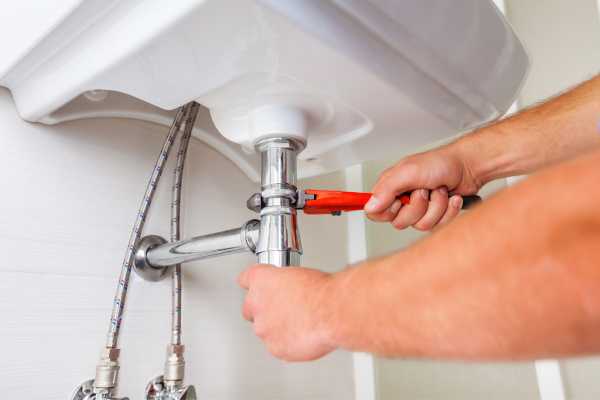
The introduction of modern plumbing marked the gradual decline of dry sinks as a household essential. With running water becoming a standard feature in homes, the need for portable washing and cleaning stations diminished. Indoor sinks connected to water and drainage systems replaced the once-popular Vanity sinks, making tasks more efficient and hygienic. As practicality evolved, dry sinks transitioned from functional furniture to decorative antiques. Many homeowners repurposed these pieces for storage or as unique accents in modern interiors. Though their original use faded, the craftsmanship and charm of Vanity sinks keep them relevant, offering a nostalgic glimpse into a pre-plumbing era.
Modern Uses of Antique Dry Sinks in Home Décor
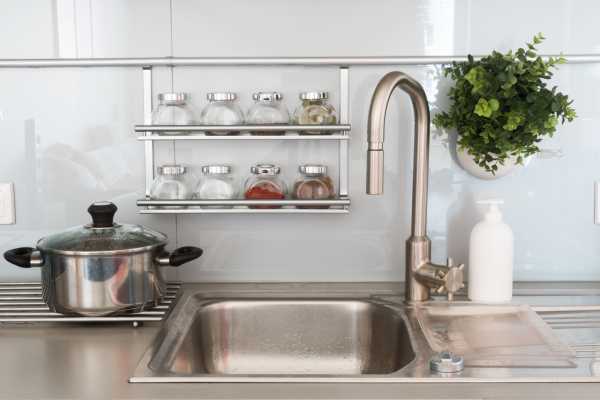
Antique dry sinks have found new life in modern home décor, blending historical charm with practical functionality. These timeless pieces are often repurposed as stylish storage units in kitchens, bathrooms, or entryways. Many homeowners use them as unique vanities by fitting a modern sink into the recessed top, adding a rustic touch to bathrooms. In living spaces, dry sinks can serve as statement furniture, showcasing plants, books, or decorative items. Their versatility and classic craftsmanship make them an ideal choice for farmhouse or vintage-inspired interiors. By integrating antique Vanity sinks into modern décor, you create a conversation-worthy focal point that celebrates both history and style.
Conclusion
Dry sinks hold a fascinating place in history, showcasing the ingenuity of pre-plumbing households. Exploring the question, “What Were Dry Sinks Used For,” reveals their vital role in washing, cleaning, and storage during simpler times. These functional pieces have evolved, finding a renewed purpose in modern home décor as unique vanities, storage solutions, or statement furniture. Their timeless charm and practical versatility make them a beloved choice for antique collectors and design enthusiasts alike. Whether preserving history or repurposing for contemporary use, Vanity sinks continue to bridge the past and present, offering a touch of rustic elegance and practicality to any space.
